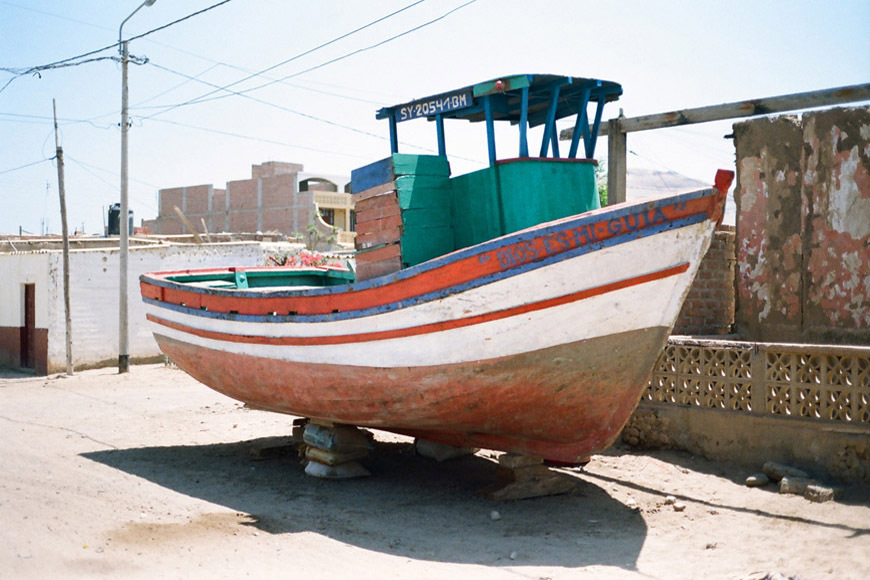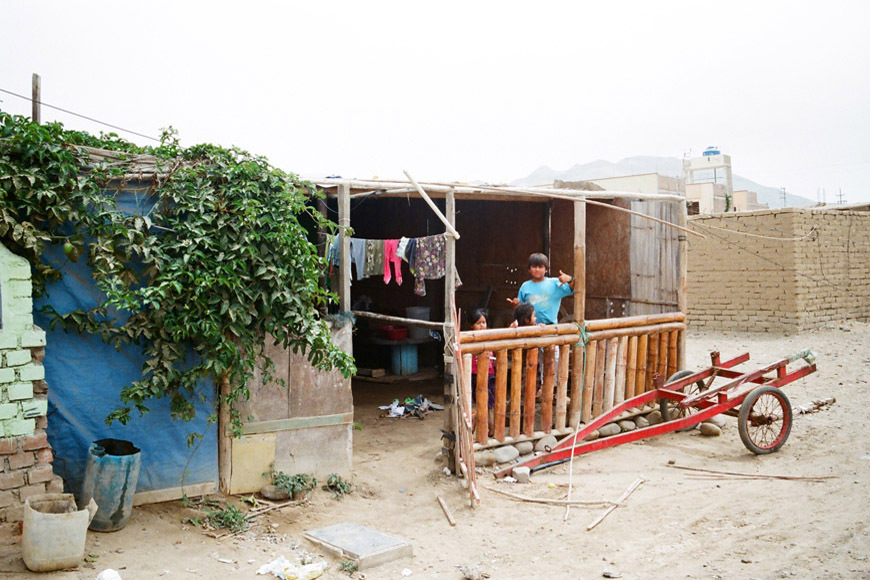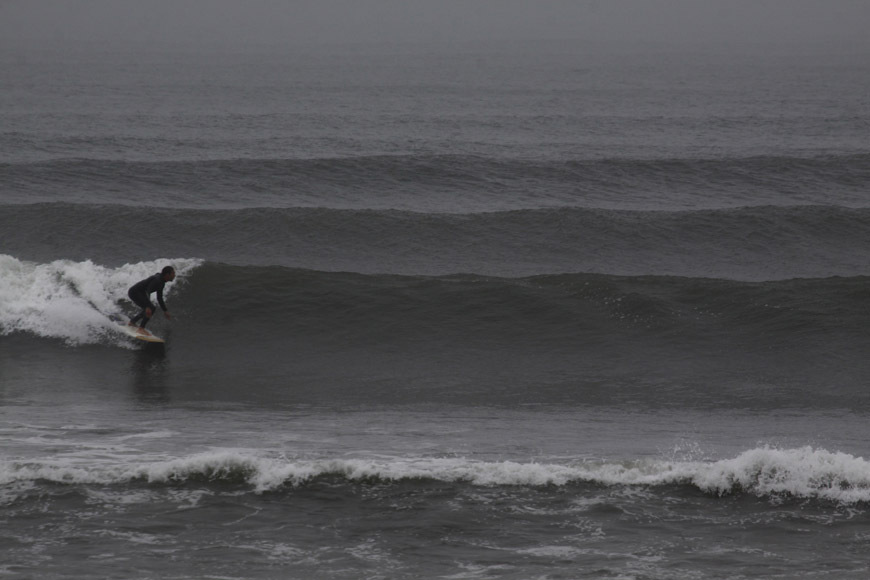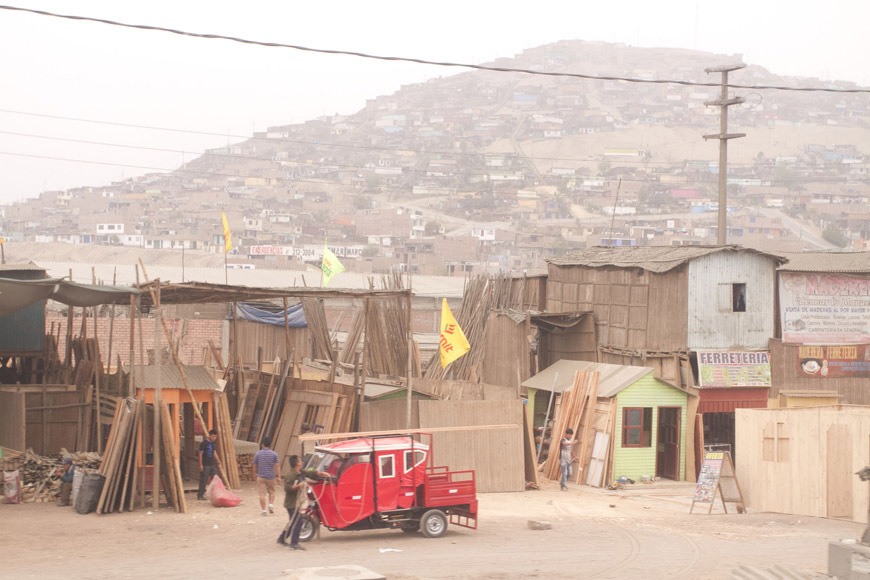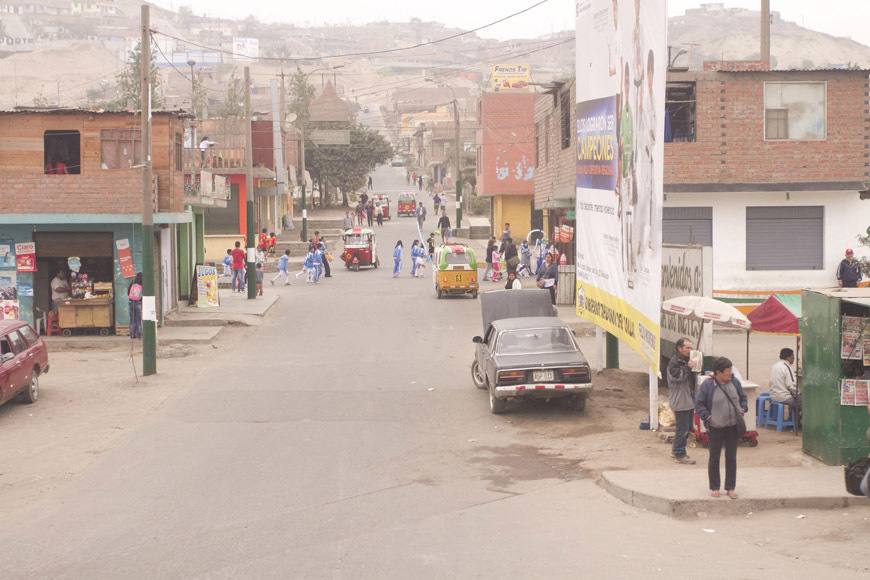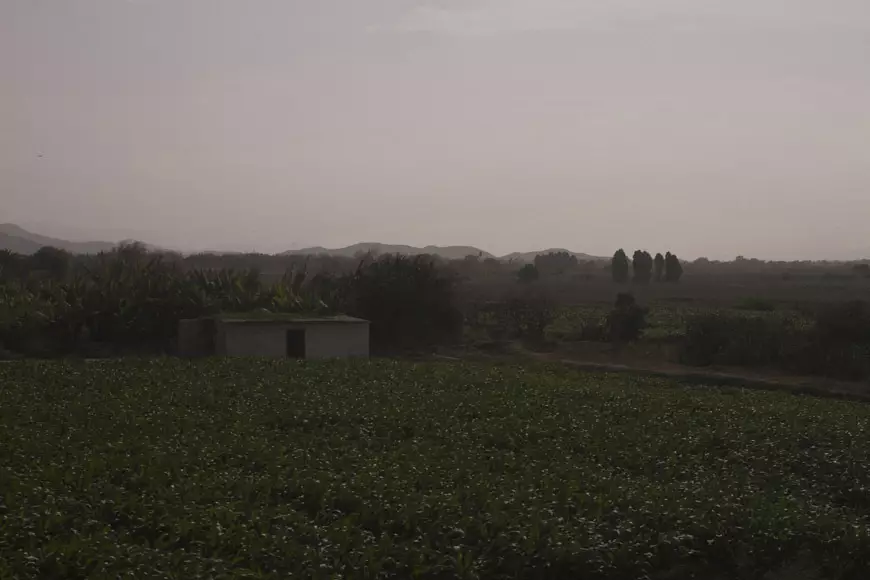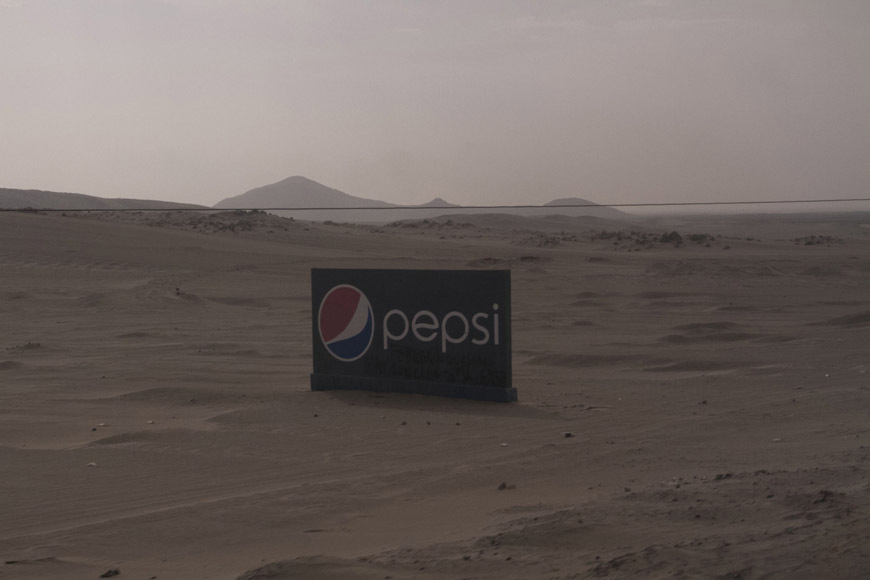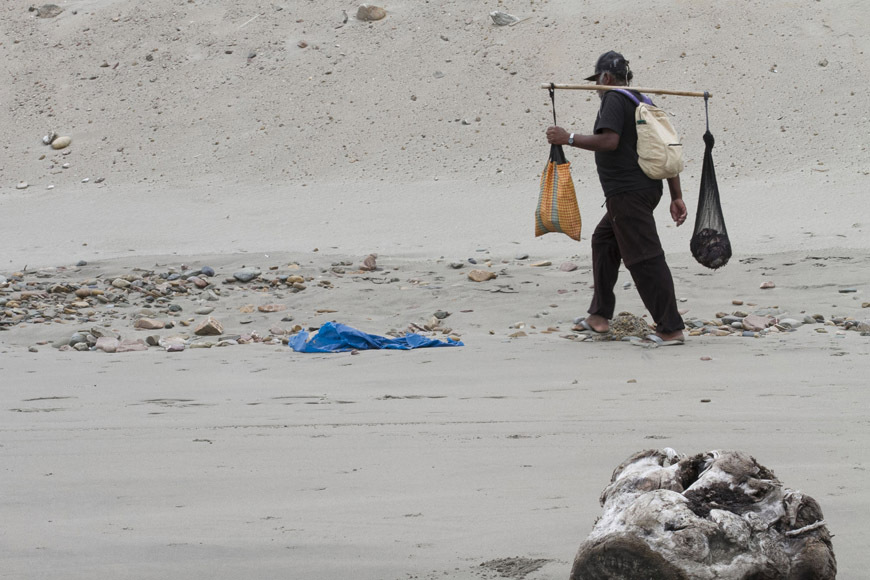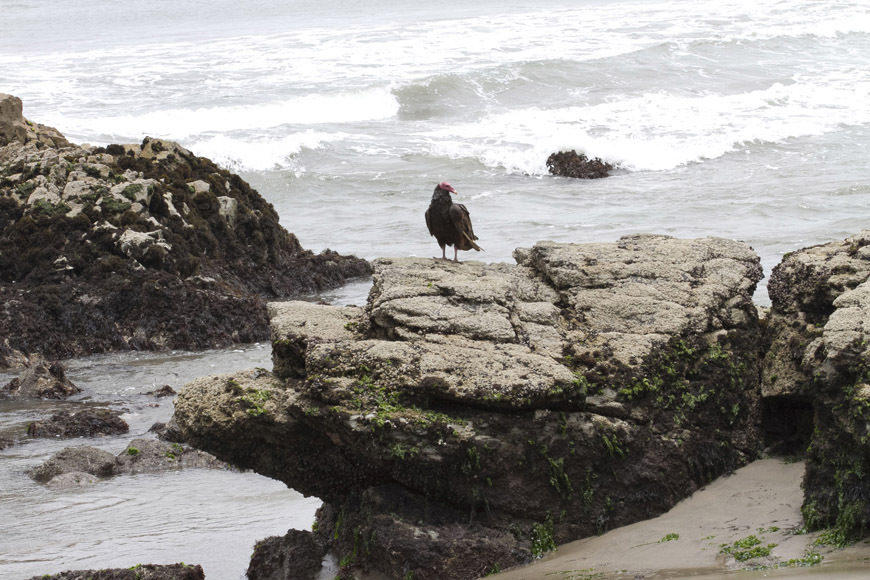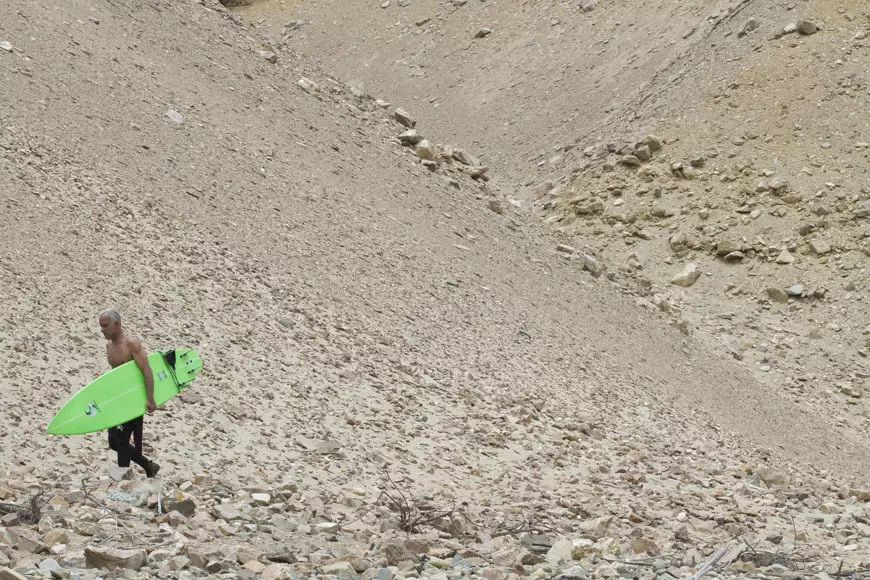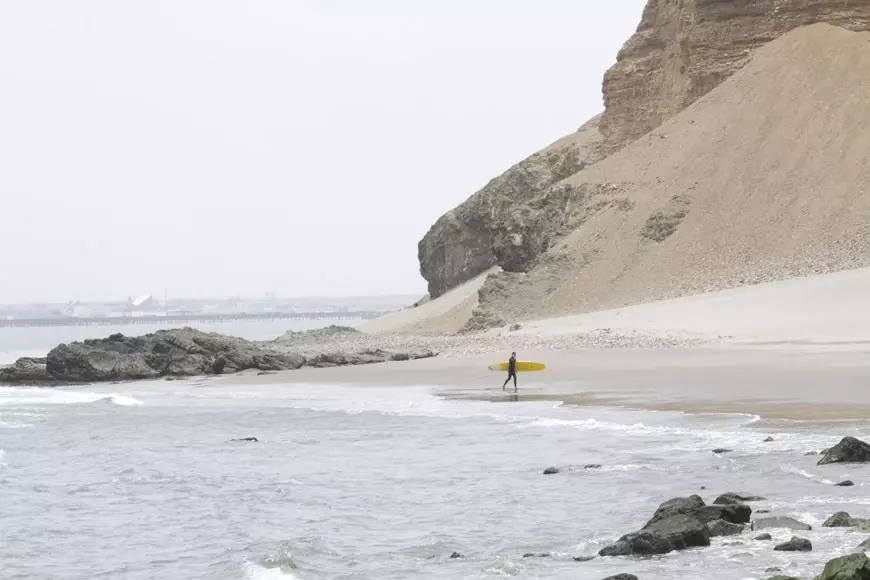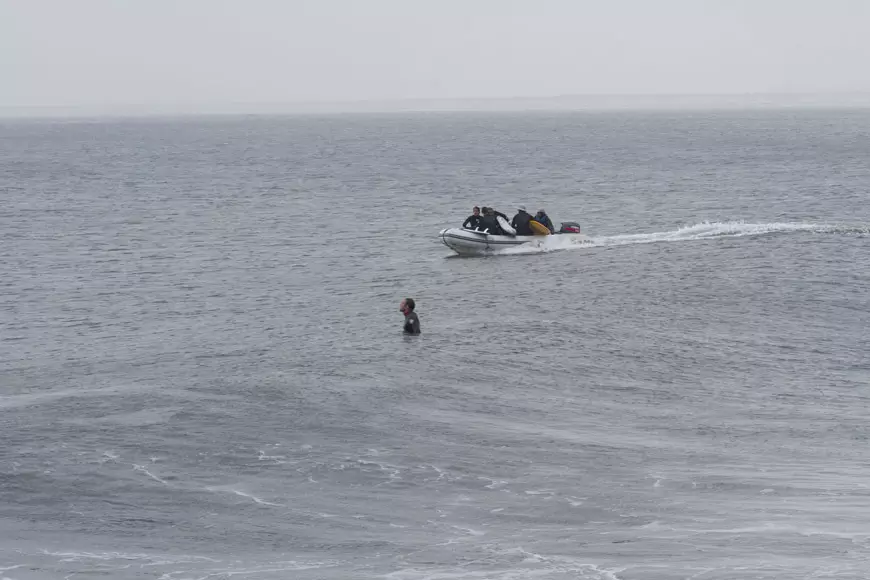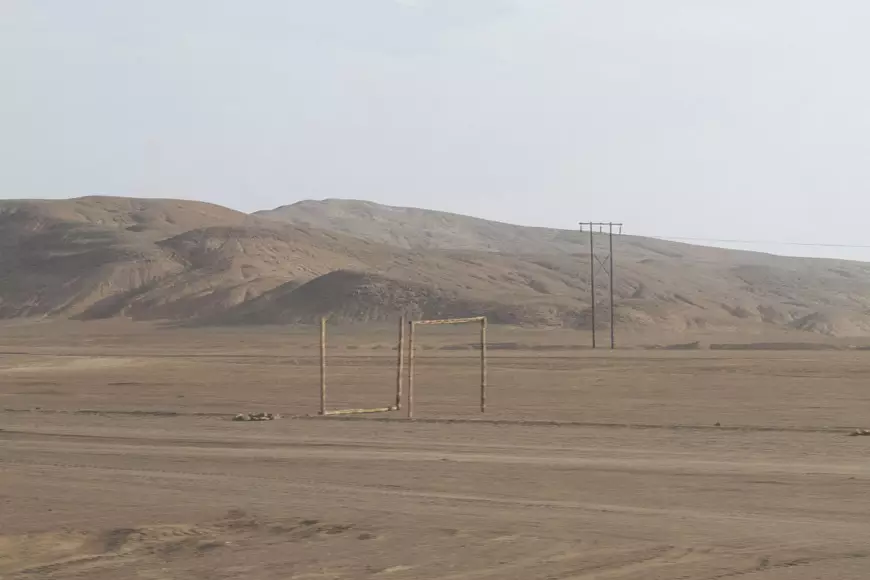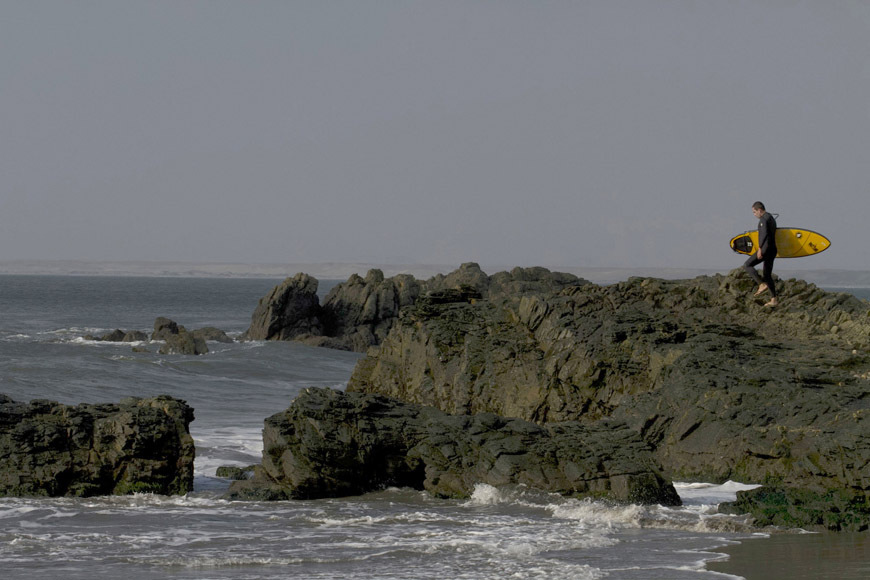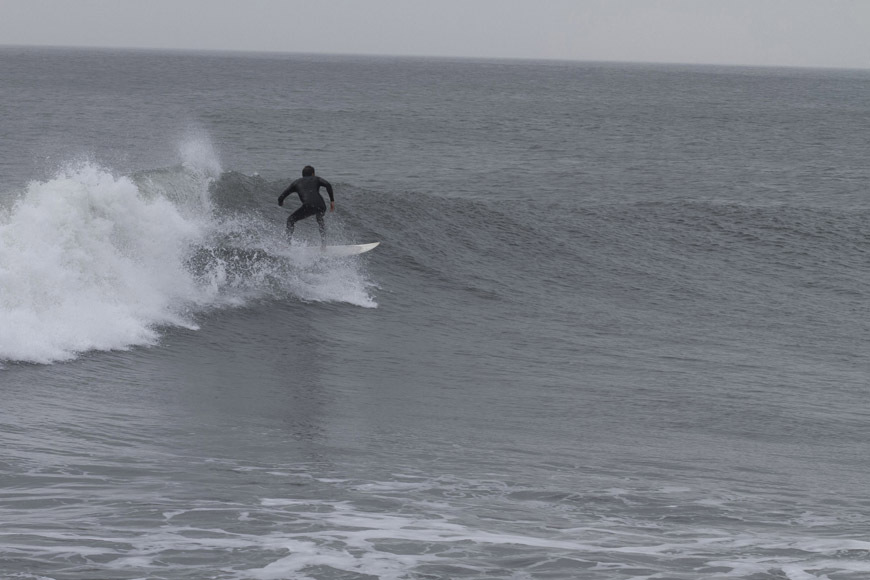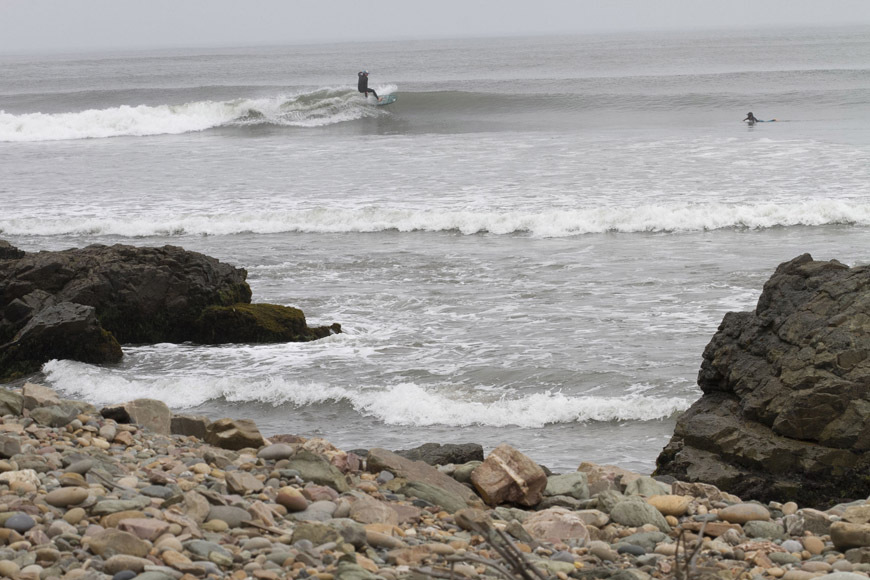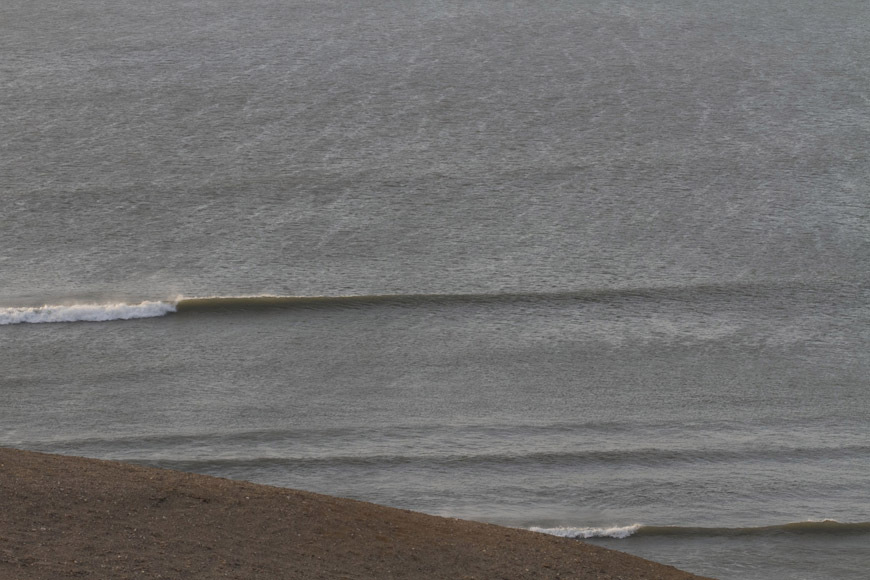Part 3: Notes, Recommendations, and Final Thoughts
Chicama Water Taxi
The waves are so long in Chicama and the rip tide is so strong that it would be futile (bordering on crazy) to try and paddle back to the take off zone at the end of your rides. What happens instead is one of two things.
1. You get out of the water and walk back along the rocky cliffside until you’re back in a reasonable position to paddle out into the lineup…
…Or
2. Use one of the zodiacs (water taxis) for a fee, where a boat driver picks you up and chauffeurs you back to the takeoff zone. These tow services can be a blessing and a curse. You’ll end up increasing your wave count significantly by using them, but for the etiquette-conscious, it can feel a little snaky…
Plus, keep in mind that when the spots are firing, lots of people will be doing using these, and sooner or later you’ll likely get skunked by someone who jumps off a boat into your wave…
Like anywhere you surf, be mindful of the locals and try to observe the customs and all that before you start dropping in. This is a wonderful place with great waves and it would be awful to go back and see it spoiled…
Things to Bring To Chicama
Reef Boots
There are a lot of rocks and sharp objects you have to walk over to surf many of these spots, and while you can certainly make due without them, a pair of booties is easy to throw in your bag and is definitely worth having. *Note that I found surf booties to be fairly difficult to find in Peru…
Wetsuit
In case this is the only article you ever read about Chicama, I figured it would be good to mention that the water is a bit cooler here than some other famous surf destinations. I was comfortable in just a 3/2 suit, but some people were wearing 4/3s. It’s a small window of the year when Chicama can be surfed comfortably in boardshorts.
My feet are hurting just looking at this photo.
Surf Hat
Despite the fact that most mornings in Peru start off pretty cool and foggy and the water is a bit cold, by lunch time the sun comes out full force- every single day- and starts scorching. Unless you’ve got rawhide skin, you’ll definitely need sunscreen for your face. Having a hat will help keep you from getting burned if you wanna do an all day session. And seriously, if there are waves from sunrise to sunset, having a hat on your head will keep you from having to get out of the water early to escape an overdose of sun exposure.
Chicama, between The Point and The Cape.
Lastly:
Peru is home to some of the longest waves in the world. Without question. And by far. A good ride on a decent day in Chicama will yield a competent surfer between 8 and 16 turns on the same wave. The ride will most likely last about five times longer than whatever the longest wave in your life was previously. This is no exaggeration.
But even without the incredible long lefts of Chicama, all surfers should put Peru on their list of places to visit. (Seriously, bookmark this page right now so you don’t forget.) It’s truly an incredible place and a paradise for surfing. There are a ton of amazing spots all over the country, not just the ones mentioned in this article.
Peru is a land of many things. Towering stone cliffs with enormous rock formations the color of brown sugar. Endless surreal landscapes that look almost martian. Kind, generous people. Ancient ruins that disappear in the cool gray fog of altitude. Buildings and homes etched into the dusty hills along a bright blue sun drenched sky. Incredible food (did I mention Lomo Saltado..?) Rich historic culture. Amazing hospitality. And oh yeah, the longest wave in the world…

